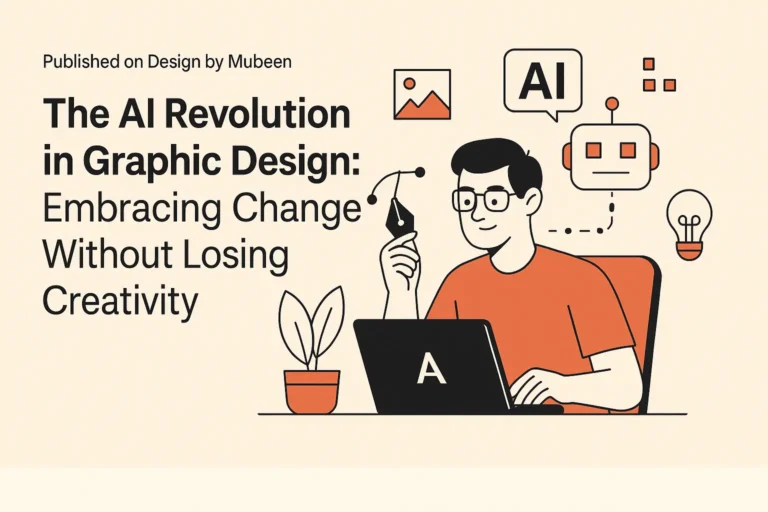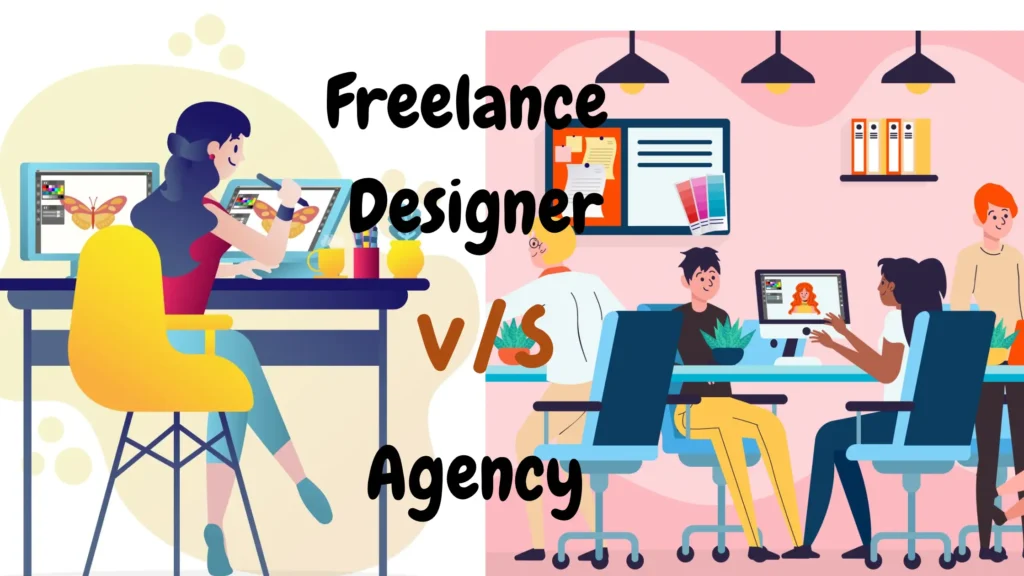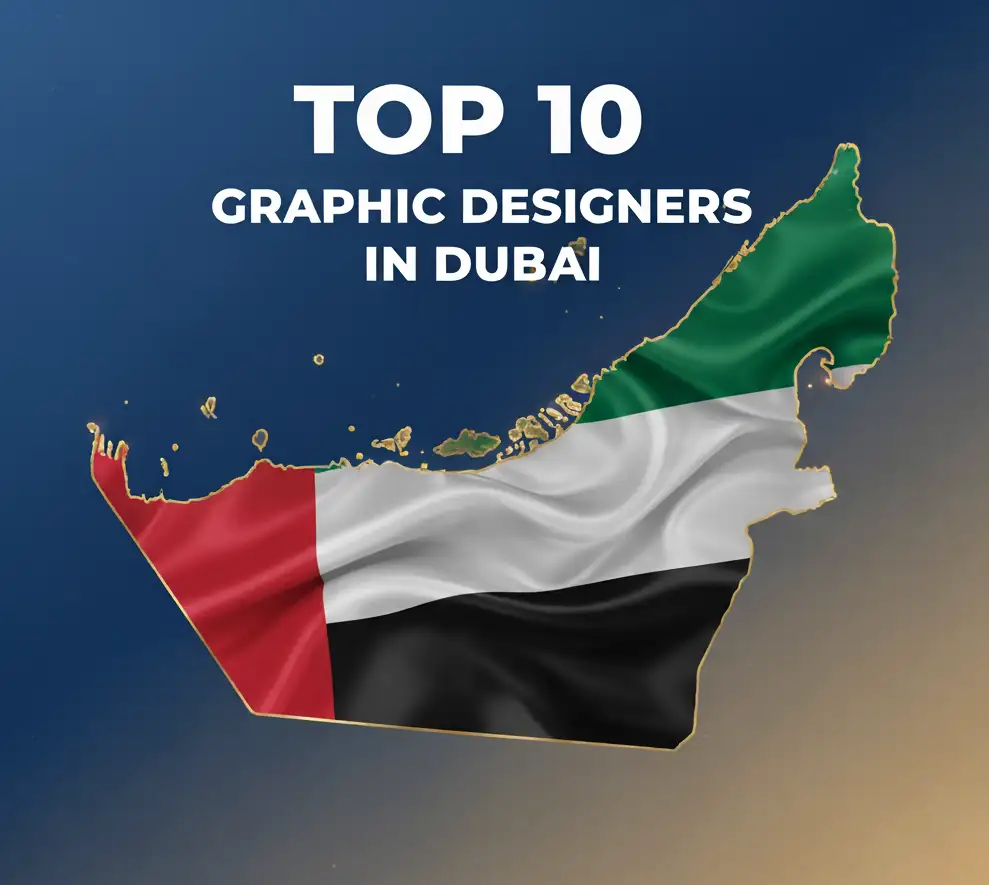
The AI in Graphic Design: Embracing Change Without Losing Creativity
The world of graphic design is changing faster than ever — and as a freelance graphic designer in Dubai, I’m experiencing it firsthand. The arrival of Artificial Intelligence (AI) has reshaped the creative process, design tools, and how we connect with clients. For designers today, the question isn’t whether to use AI — it’s how to use it responsibly and creatively.
Understanding the part of AI in Design Today
AI tools have come a long way. They’re no longer just about smart pollutants or automatic templates. Now, platforms like Midjourney , DALL · E , Adobe Firefly , and Canva’s AI can generate logos, layouts, illustrations, and indeed full brand individualities in just minutes.
I flash back the first time I played around with Midjourney. I entered a simple prompt and the results were surprising. It wasn’t a perfect affair, but it gave me a fresh perspective. That’s when it clicked
AI isn’t then to replace us; it’s here to reshape our places as designers.
What AI Does Well And Where It Misses the Mark
✅ Where AI Shines:
- Generates multiple design options quickly
- Helps overcome creative blocks
- Speeds up repetitive tasks like resizing or background removal
- Makes basic design accessible to non-designers
- Allows for quick testing of visual ideas
🚫Where AI Cascade Short
- Doesn’t understand brand strategy or long-term goals
- Can’t interpret emotions or audience psychology
- Misses cultural and contextual subtleties
- Raises concerns over originality and copyright
- Tends to deliver generic or overused visual styles
Why Human Designers Still Count
As a Dubai-based graphic designer, I work with brands from different cultures, industries, and goals — and every single one has unique needs. AI can assist, but it can’t replace the thoughtful, human-centered approach that design requires.
🎯 Strategic Allowing
While AI can produce a totem, it does n’t know your followership, your request, or your communication. It ca n’t sit with guests, ask questions, or connect design to business pretensions.
🎨 Creative Judgment
We frequently juggle clashing feedback — like “ make it bold but soft ” — and find the sweet spot. That position of nuance and problem- working? Still veritably mortal.
🌍 Cultural Awareness
Design must be regardful, applicable, and emotionally intelligent. AI lacks the lived experience to catch the subtle cues that make work reverberate across societies and communities.
🤝 Customer Collaboration
The design process isn’t just about delivering lines. It’s about understanding your requirements, presenting ideas easily, revising courteously, and erecting trust along the way.
How I Use AI in My Creative Process
Instead of fearing AI, I’ve welcomed it as a tool that helps me work better — not lazier, just smarter.
1. As a Brainstorm Buddy
When starting a new design, I occasionally use AI to induce early concepts. These are not final designs they just help unleash new directions and push my thinking further.
2. To Save Time on repetitious Tasks
Tools like Remove.bg, Canva’s Magic Resize, or Firefly’s background generation help me speed up product so I can concentrate on deeper creative thinking.
3. To Communicate Ideas to guests
AI- generated drafts can help clients quickly visualize concepts. From there, I guide them to refined, strategic results — the kind that truly support their goals.
4. To Reflect on My Craft
AI challenges me to explain why certain designs work better than others. It keeps me sharp and aware of my own design opinions.
What the Future Looks Like
Designers who succeed in this new period will be those who:
- Use AI as a creative tool, not a replacement
- Strengthen storytelling and brand strategy skills
- Offer personalized client experiences
- Focus on complex, human-centric design problems
- Keep learning and evolving with new technology
As design production gets faster and easier, human thinking, empathy, and insight will matter more than ever.
Some Friendly Advice for Fellow Designers
If you are doubtful about AI
- Try a few tools and learn how they work
- Sharpen your skills in branding, psychology, and communication
- Work on projects that require deep thinking and context
- Build a personal brand that reflects your voice and values
If you’re excited about AI:
- Don’t forget your fundamentals — design principles still matter
- Be transparent about using AI in your work
- Think critically about the ethics behind AI-generated content
- Always add your unique, human touch — that’s your superpower
Let’s Keep the Conversation Going
Have you started using AI in your design process? Has it helped or confused you? Whether you are experimenting or just watching from the sidelines, I’d love to hear your thoughts.
Feel free to reach out — I believe this new chapter is one we should navigate together, not alone.
Final Thoughts: Human Design, Powered by Smart Tools
AI tools are powerful — no doubt. But the soul of great design? That still comes from humans.
At Design by Mubeen, I blend creativity, strategy, and smart tools like AI to deliver work that’s not just beautiful — but thoughtful, intentional, and effective.
As a freelance graphic designer in Dubai, I bring local insight, global perspective, and a passion for solving visual problems — whether through branding, digital design, or content creation.
Let’s not fear the future. Let’s shape it — one meaningful design at a time.
🌐 See my work: https://www.behance.net/mubeenkvp
📩 Let’s connect: mubeenkvp@gmail.com
💬 Follow me on LinkedIn: Mubeen Mahamood

